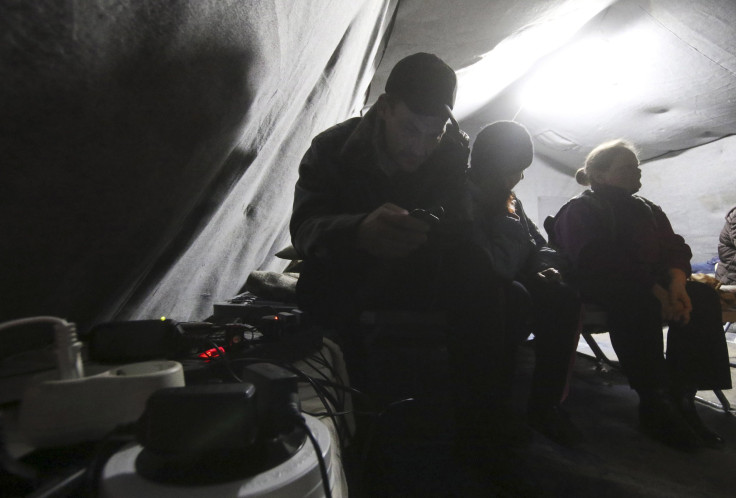Russia Struggles To Supply Electricity For Crimea Energy Needs As State Of Emergency Extended

The lights may flicker until springtime in Crimea as the Russian-annexed peninsula continues to deal with energy shortages, Russian news agency Tass reported Friday. The leader of Crimea said during a crisis management meeting that a state of emergency would remain in place until May 1.
“There are no communities where electricity is utterly unavailable,” said Sergey Shakhov, the head of Crimea’s Emergencies Ministry.
Crimea was hit with massive power outages at the end of November after Ukrainian activists blew up pylons on the Ukrainian mainland. Approximately 1.6 million, out of a population of approximately 2 million, were left without electricity at the height of the blackouts.
Russia annexed the Crimean peninsula from Ukraine in March 2014 and relations between Kiev and Moscow have been acrimonious ever since. Crimean Tatars and other Ukrainian activists launched a blockade of the peninsula in September to raise awareness of human rights violations.
Without direct land access to Crimea, the Russian government has been struggling to ensure Crimea receives the needed amount of electricity. Russia laid underwater cables along the Kerch Strait in December to supply the peninsula with electricity from Russia’s mainland. Officials reported that the peninsula was receiving 400 megawatts of power from the cables. The Russian government plans to add more cables in an attempt to create a so-called power bridge.
During the crisis meeting, Crimea’s Prime Minister Sergey Aksyonov said officials would work to improve timetables of rolling blackouts and ensure that boiler rooms always have electricity as temperatures continue to drop. Municipalities will have to present power shortage schedules by Sunday.
The power outages have hit Crimea’s economy with a loss of approximately $12 million, the New York Times reported. Crimea currently has only 85 percent of the power supply it needs, according to Kremlin-appointed officials.
The state of emergency went into effect Nov. 22 and temporary shelters have been established across the peninsula for residents dealing with cold weather.
© Copyright IBTimes 2025. All rights reserved.






















